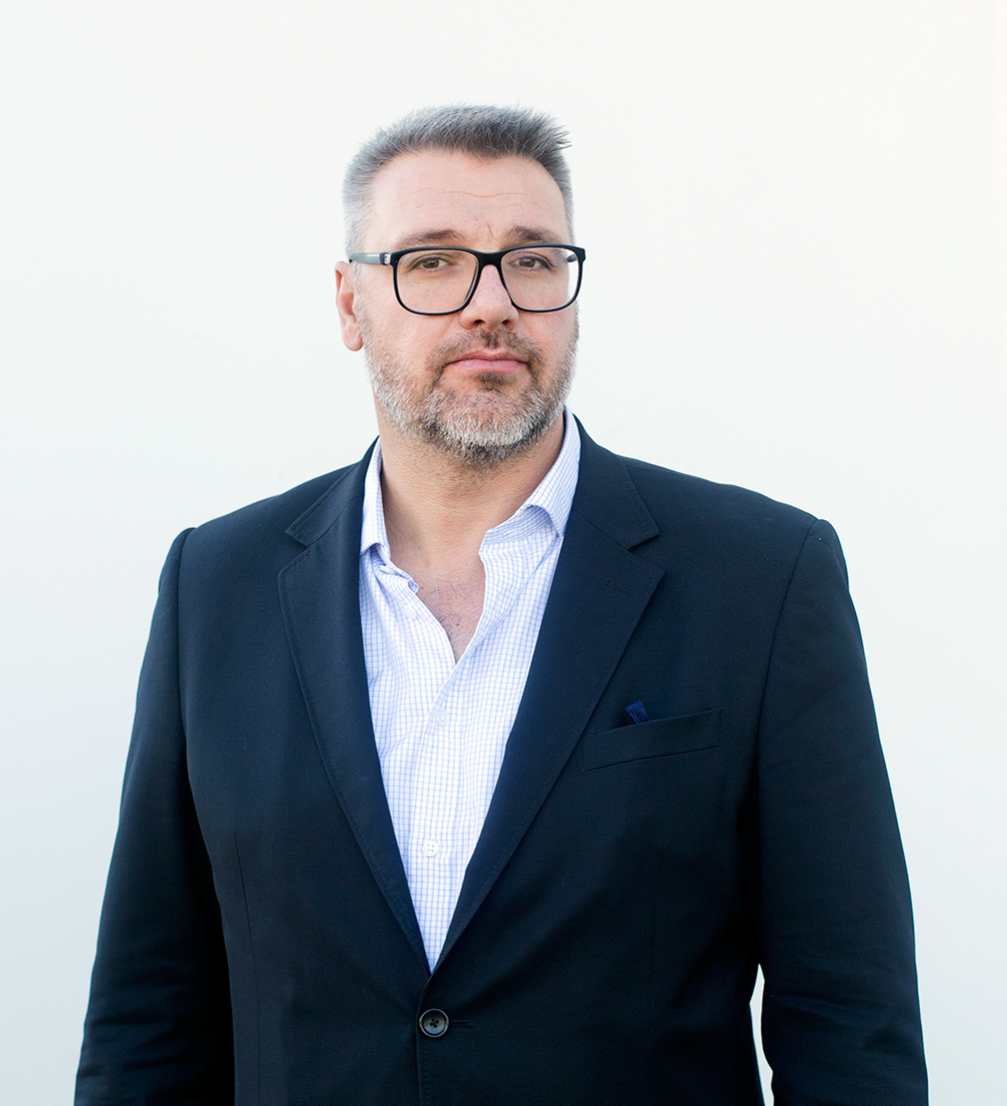
You may not know Nicholai Wiig Hansen, but you are definitely familiar with his work — the strikingly popular PS Locker cabinet for Ikea, the geometrically clean Geo flask or the sweet Tablo table for Normann Copenhagen. The Danish designer’s interests gravitate towards accessible, mass–produced design objects that remain well–proportioned and of high quality.
Nicholai’s first encounter with Latvia was through Tukuma Mēbeles factory where the veneer parts of his My Chair for Normann Copenhagen are being produced, but this time, he visited Riga to be one of the judges of the annual Design Award.
What are your impressions of Latvian design after visiting the exhibition in Ķīpsala and being on the judging panel of the Design Award?
— Can I be honest with you? There were some highlights and nice designs, but in my opinion there is a need for the designer to reflect more upon his or her target group. I would advise Latvian designers to let themselves be more inspired by their surroundings and the impact of the rest of the world in order to meet the demands of the highly competitive design business we are in. And study intensely the DNA of the market they aim at. I didn’t think that there were clever designs in that sense. And way too much plywood. I mean, plywood is very good, but you should not use a material just because you can.
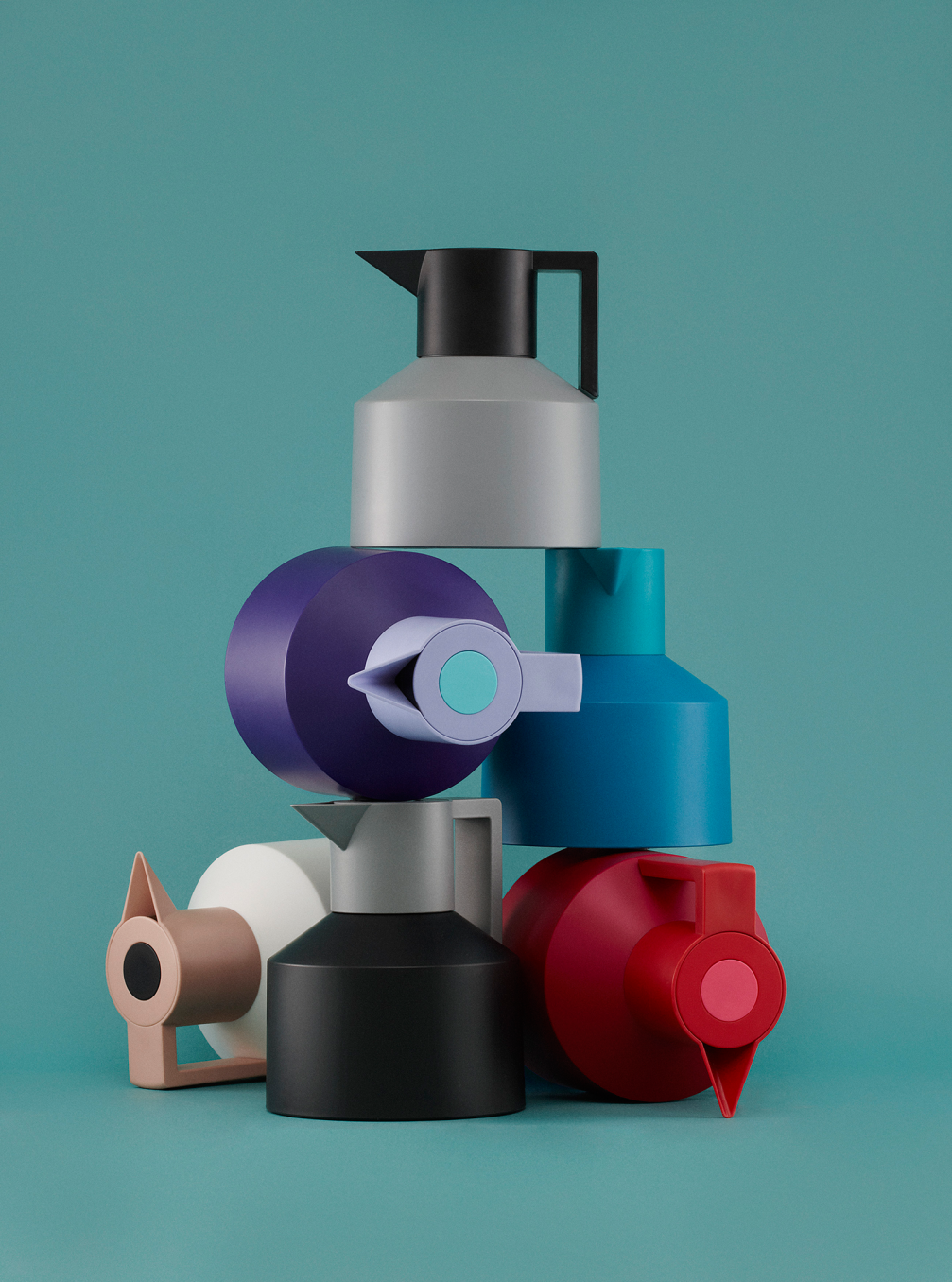
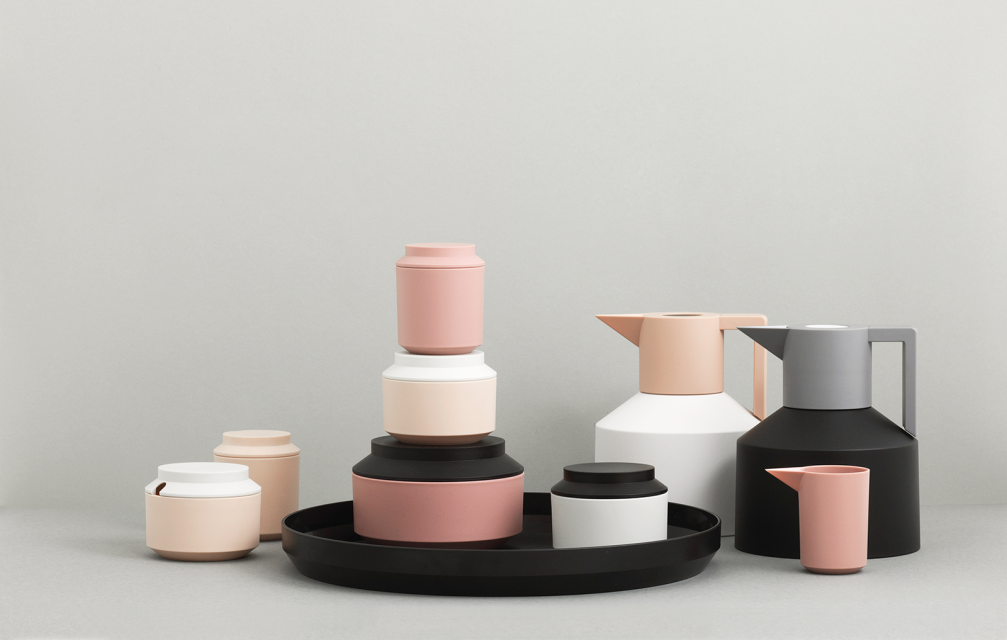
How do you choose materials for your designs?
— It depends on what price and which customer you’re aiming at. You could use very expensive materials if you work with an exclusive company and that’s the deal. I don’t just use materials for objects because they look good; there should always be a purpose for the material. I wouldn’t use carbon fibre for a cutting board because it looks good. That’s not the use for it. I choose materials out of their specific qualities.
Think of a Formula 1 car — it looks really cool, but there’s a reason for every little detail in the design. If you look at old army equipment — everything is made to perform in tough conditions. They didn’t use materials just for the sake of looking cool. You have to know your end user. That’s what I think you really lack here, you don’t have a clear end target.
Success is not being in a magazine. Success is not having your parents be proud of you. Success is creating a profit for a business. That’s what you get hired to do.
What is the best way to choose a target group?
— Just design products for yourself. It’s very simple. For example, you can say — I want to have a glass that I could use for everything in my home — milk, wine, coctails. How should that look? How much would I pay for that? Let’s say, 3 euros. Then go out, research the industry and find a way to make it. Then design a glass that you would like to use. Some designs will succeed, some will not succeed. Success in this business means that you get your product out there and you sell it well. Success is not being in a magazine. Success is not having your parents be proud of you. Success is creating a profit for a business. That’s what you get hired to do.
Is that how you work?
— Yes, I just do things for myself. Or friends. The red shelf for Ikea [PS Locker], I made it for a friend who had a lot of old records, he was a DJ. The size of the shelf is just right for records. And that became one of the all time bestsellers of Ikea. Originally there was a wooden detail so that the shelf wouldn’t sound like a metal box when you knock on it, but Ikea took that away, so that it’s cheaper. In the old days, it had a different sound.
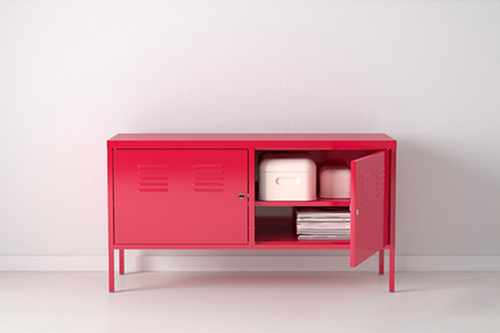
What is your favourite material to work with?
— The one that I’m working with now. Next week it could be something else. I’m a curious guy, I fall in love with a project, and then next week I’m totally unfaithful.
And what are you currently working on?
— I’m making a new brand, called Kiboni, and that will come out in stores in December 2015. Kiboni will be a mass market brand — I’ve always been fascinated by low cost, democratic design. I think a lot of design furniture is overpriced comparing to the quality. I want to design everything for each room in the house and make it available for a reasonable price. Since January I’ve done 35 new products. We already have clients in Germany, 60 shops in Japan. Besides that, I’m working on a lamp right now, on some knives, some tech things, and a grill table. When I work on a product, I create it in my mind at first. I can see the end user taking it home, I can see how it is stacked in the factory.
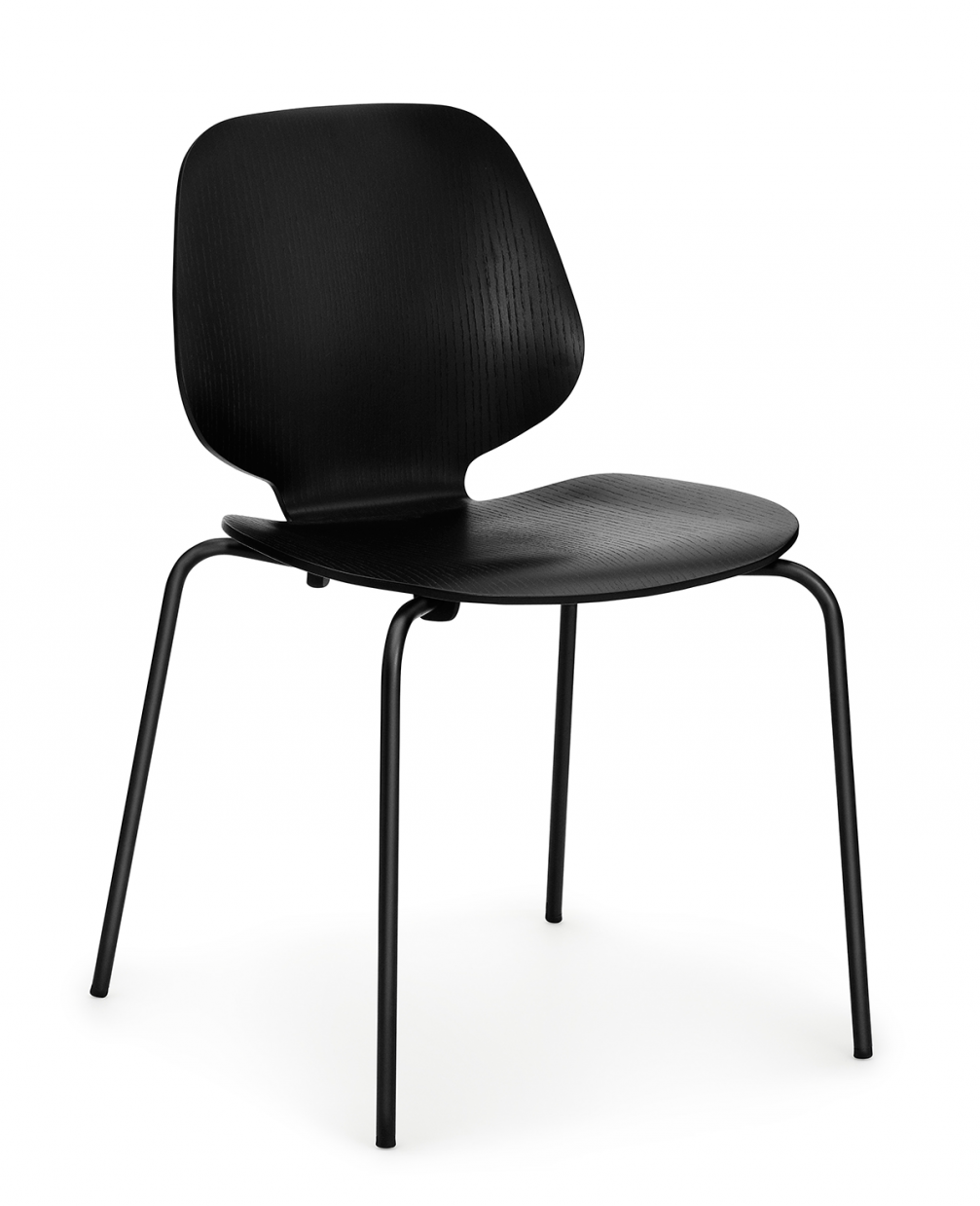
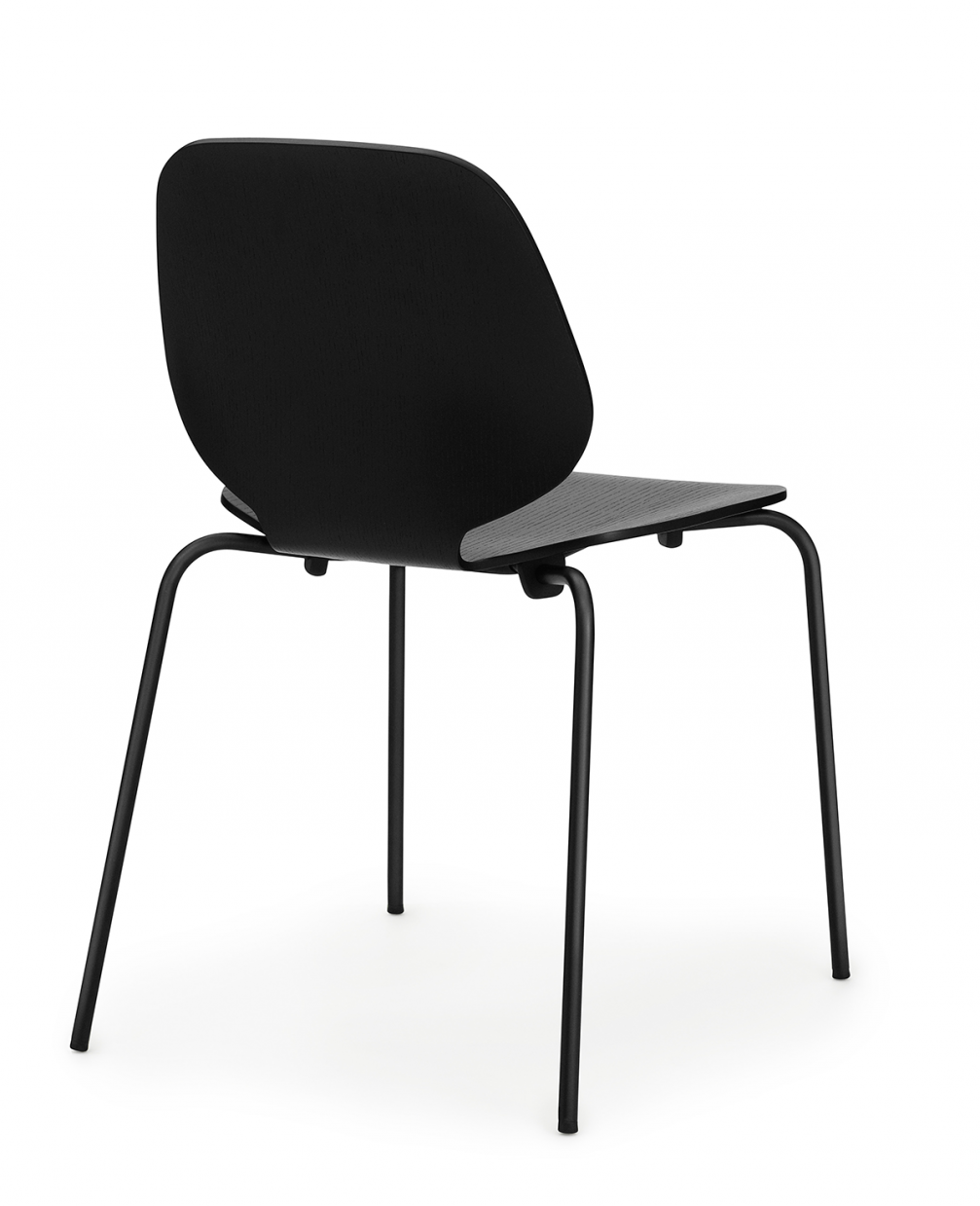
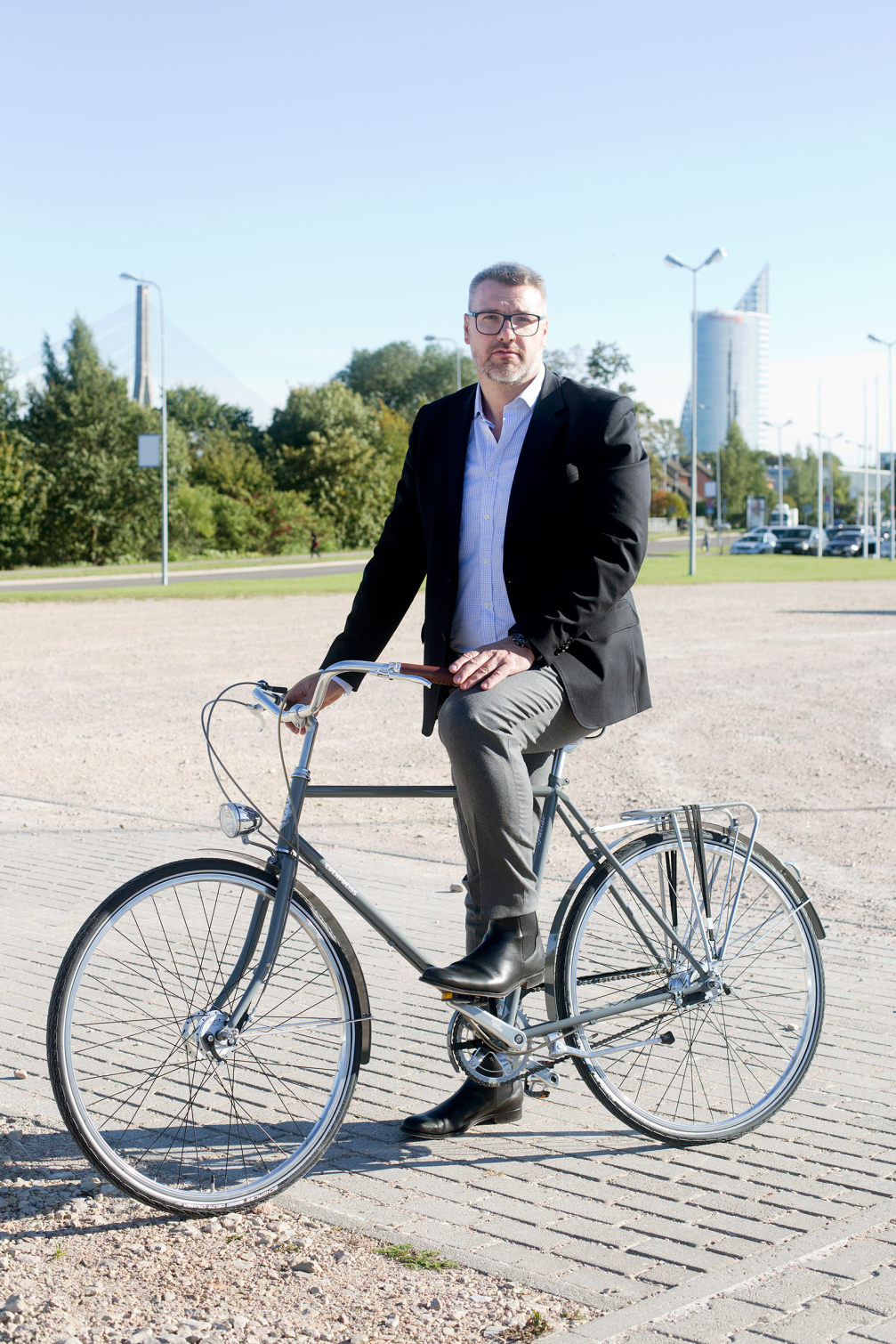
You have to have a talent to have a talent. A lot of people have a talent but they don’t know how to manage it.
You mentioned that you have no education…
— I changed 13 schools in 3 years, I got kicked out of them because of my dyslexia. So I started working in a farm, in a forest when I was 13. I was a country boy until I turned 18–19. You would be safe in a forest with me, I can do everything there — catching fish, hunting animals, building. However, I always knew that I would be creative. If I had been good in reading and writing, I’d probably go into business. My father was a famous artist [Svend Wiig Hansen], so I’ve always been around creative people. And I’ve always known how difficult that is, to be creative. It is super hard work. My father always said, you have to have a talent to have a talent. A lot of people have a talent but they don’t know how to manage it. If you have a talent and work 12 hours a day, maybe then you get to be somebody. In the design business you can get recognition, you can get published in a newspaper or magazine, but it is important that you go back to the drawing board. You may come out and shine, but don’t stay out there, just go home and work.
Now that you are a teacher at ECAL, what are the most important things you try to teach your students?
— I only said yes to working there because it is a great school. I can’t work with students unless they are super motivated young people. One of the most important things that I teach them is that you have to come up with an idea fast, because you need to work with that idea to find out if it’s good. If you have one month and if you work 3 weeks just to find an idea, that’s not good planning. Maybe the idea doesn’t look as good as you thought. So it’s better to find 2 or 3 ideas and work a little bit on them, because when you’re working, new ideas pop up. I teach them to work hard and to be professionals.
You have to decide fast. Not being able to decide is lack of commitment.
How much time do you spend on developing a product?
— It can happen very quickly if you have the right conditions and the right people around you — sales people, advertising people, the manufacturer. Some say that it should take 3 years to make a good chair. No, it shouldn’t! You have to decide fast. Not being able to decide is lack of commitment. Have commitment and have a plan for what do you want to do in your business, and stick to the plan.
[And here Nicholai tells me the story about how the Jules chair was designed in a wine cellar of a factory in northern Italy. Being promised a rare wine bottle as the prize and given a time limit of just one hour, he cut the design out of a piece of cardboard. The dimensions of the holes on the backrest were made with the bottom of a wineglass.]
Is there something that you would really like to design, but haven’t had the chance yet?
— I haven’t even done half a percent of the things that I want to do in design. I really want to design high heals before I die. Stilettos of some kind. You know, I was really interested in fashion when I was younger.
I would like to use my brain in an environment that can potentially change the world. Like in medicine, in engineering. A new chair doesn’t change the world. Creativity does.
[When I meet Nicholai the next day, he insists on taking a picture whilst riding an Ērenpreiss bicycle. I ask whether his impression of Latvian design has improved a little bit since meeting Toms Ērenpreiss. «This guy, he is doing everything right,» Nickolai concludes.]
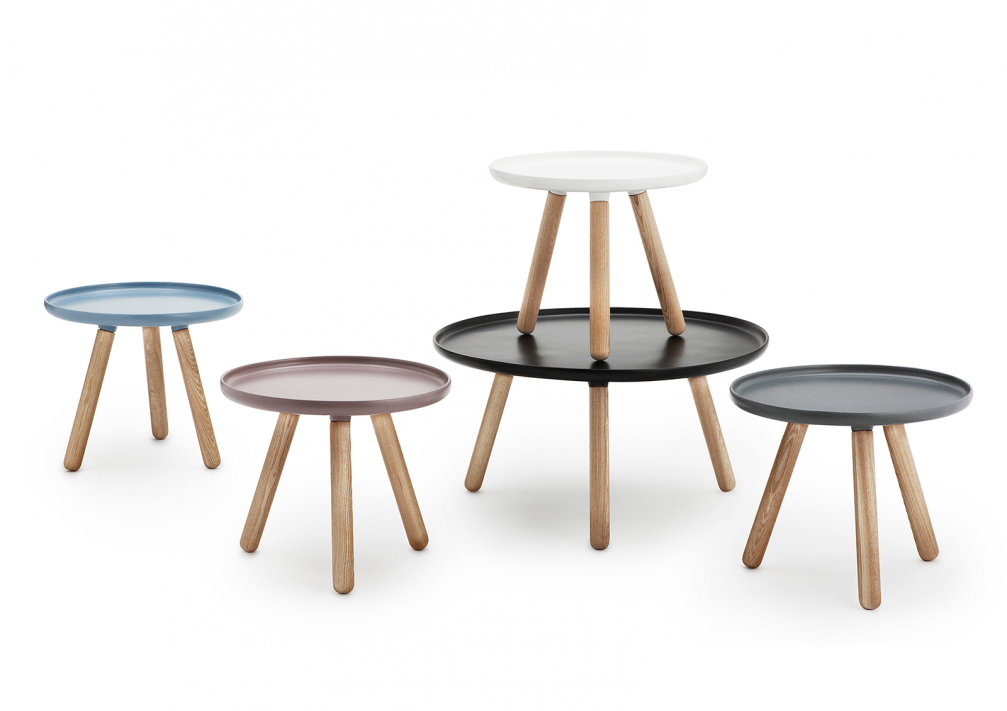

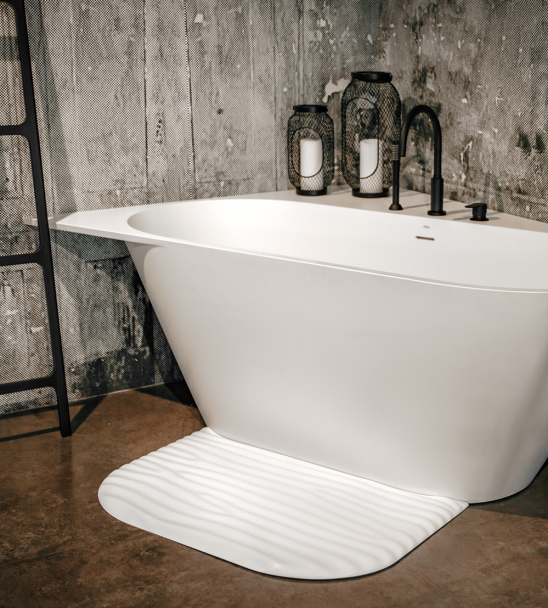
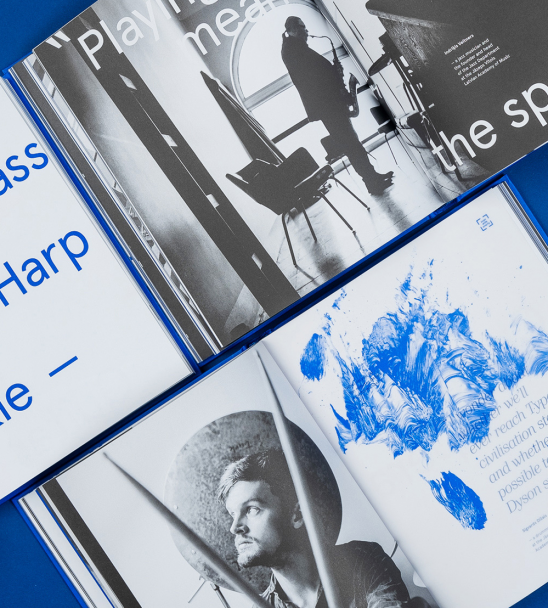

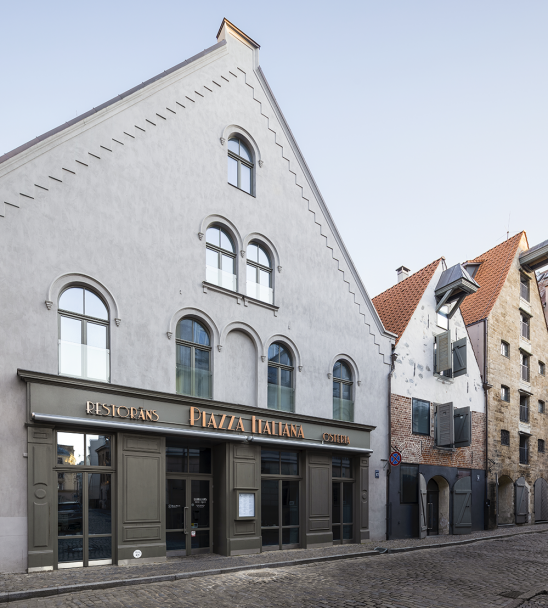
Viedokļi